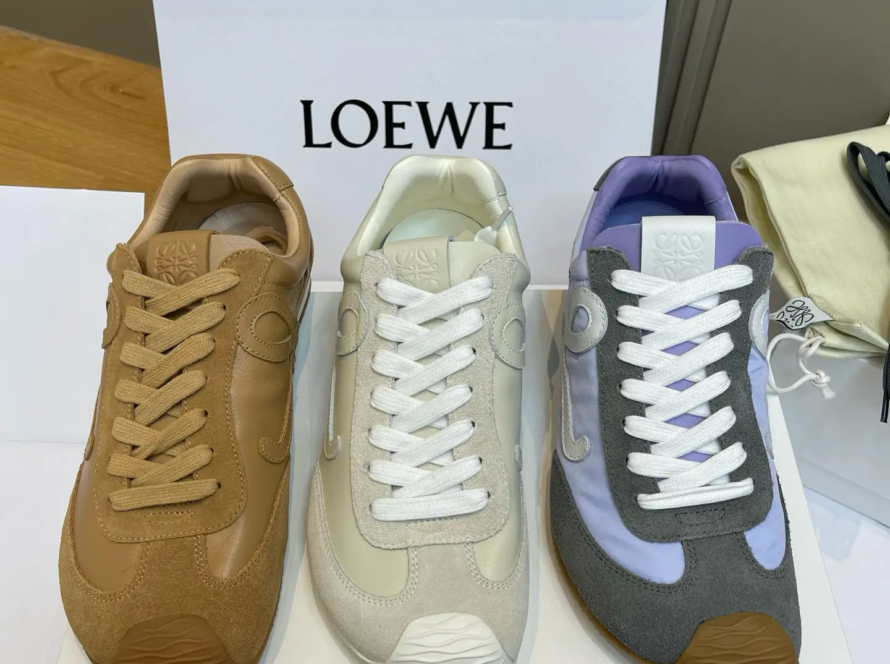
With our daily life, it’s easy to ignore one of the most important items we wear every day: shoes. From the moment we wake up to going to bed, our shoes are with us, providing comfort, support and protection for our feet. But have you ever stopped thinking about the incredible history, technology and craftsmanship of creating the perfect shoes?
Let’s start with the basics. Shoes have been around for thousands of years, with the earliest examples dating back to ancient civilizations in Egypt, Greece and Rome. These early shoes were made from simple materials such as leather, wood and fabric, designed for protection and function rather than fashion. With the development of civilization, the design and construction of shoes have also developed their own unique styles and techniques with different cultures.
Fast forward to today, the shoe industry is a global phenomenon with countless brands, styles and materials to choose from. From sleek and stylish heels to sturdy and durable hiking boots, there are a pair of shoes for every need and occasion. But what makes a great pair of shoes? Is it the material, the process or something more invisible?
One key factor is comfort. A good pair of shoes should feel like an extension of your feet, providing support and cushioning without limiting movement. This is where technology comes in, and advances in materials science and design allow for the creation of shoes that are not only comfortable but also functional. For example, some shoes now have advanced arch support, shock absorption and even built-in GPS tracking.
Another important consideration is sustainability. With the fashion industry being one of the world’s largest polluters, the environmental impact of our purchasing decisions is more important than ever. Many footwear brands are now committed to sustainable practices such as using environmentally friendly materials, reducing waste and implementing recycling programs.
Of course, shoes will not be discussed without mentioning fashion. From sleek, stylish designs to bold and stated statements, shoes have the ability to change clothing and make statements. Whether you are dressing up or dressing up, the right shoes can enhance your overall look and make you feel confident and stylish.
In short, shoes are an integral part of our daily lives, and the industry is constantly evolving to meet our ever-changing needs and desires. From comfort, functionality to sustainability and fashion, there are many factors to consider when choosing the perfect shoe. By understanding the history, technology and craftsmanship of creating shoes, we can appreciate the complexity and beauty of often overlooked aspects of our daily lives.
FAQ:
Q: What are the most comfortable shoes?
A: The most comfortable shoes are usually those that offer excellent arch support, cushioning and flexibility, such as sneakers, loafers and sandals.
Q: How often should I change my shoes?
A: The frequency of your shoes that you should replace depends on several factors, including the type of footwear, usage, and personal preferences. Usually, it is recommended to change your shoes every 6-12 months, or when they show signs of wear.
Q: Are expensive shoes worth investing?
A: Whether an expensive shoe investment is worth it depends on your personal budget and priorities. While high-end shoes may offer excellent quality, craftsmanship and materials, they may not be necessary for everyone. Before purchasing, consider your lifestyle, needs and preferences.
Q: Can I recycle my shoes?
A: Yes, many shoes are recyclable, and some brands offer backpack plans and recycling plans. You can also consider donating your lightly used shoes to a charity or repurpose them as growers, bags, or other creative items.
Q: How to extend the lifespan of shoes?
A: To extend the life of your shoes, make sure you clean and adjust the shoes regularly, store them correctly, and avoid exposing them to extreme temperatures or conditions. You can also consider using shoe trees, insoles and other accessories to maintain their shape and comfort.





